15 Must-Know Tips for Growing Healthy Cucumbers
Growing healthy cucumbers is easier when you follow a few helpful tips. These plants love warm weather, plenty of sunlight, and steady care. With the right setup, they can produce crunchy cucumbers all season long. Whether you are planting in a garden bed or using containers, there are ways to help them thrive. Paying attention to soil, spacing, and watering can prevent many common problems. A little effort each week can lead to a steady harvest. These tips are simple to follow and make a big difference in how your cucumbers grow.
This post may contain affiliate links, which helps keep this content free. Please read our disclosure for more info.
Choose a Sunny Spot
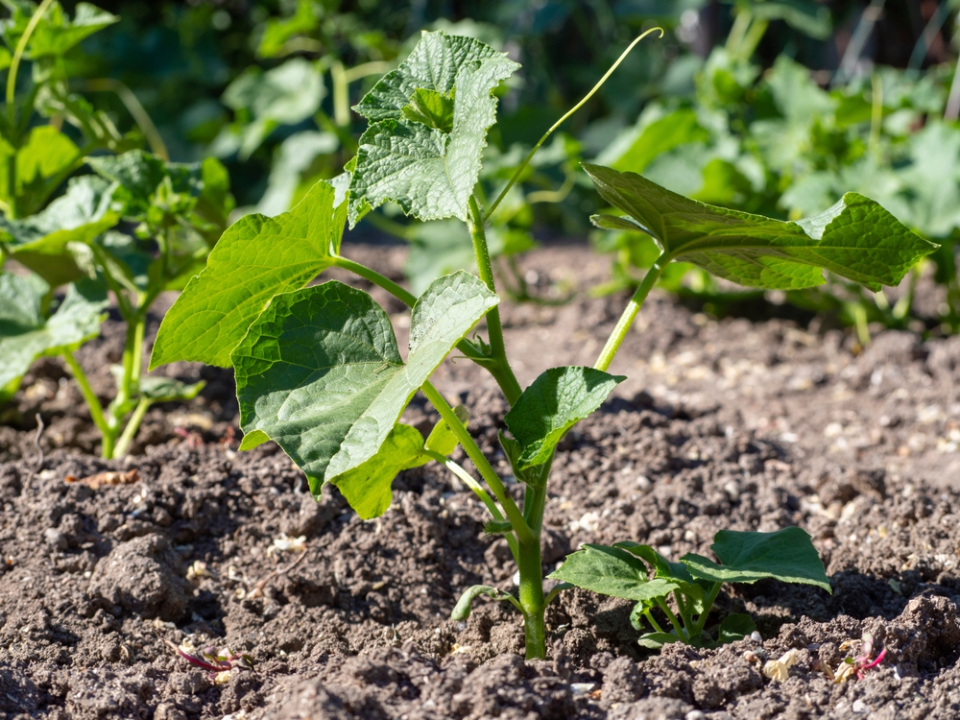
Cucumber plants love warmth and sunlight. The more direct sunlight they receive, the more likely they are to grow fast and produce plenty of fruit. Pick a space that gets at least six hours of sunlight each day. If possible, go for an area that receives morning sun to help dry any moisture from overnight.
When cucumbers do not get enough sunlight, they tend to become leggy and weak. Their growth will slow, and fruit production will suffer. Sunlight not only helps with growth, it also helps prevent mildew and other diseases. Make sunlight a priority when planning where to plant.
Test and Prepare the Soil
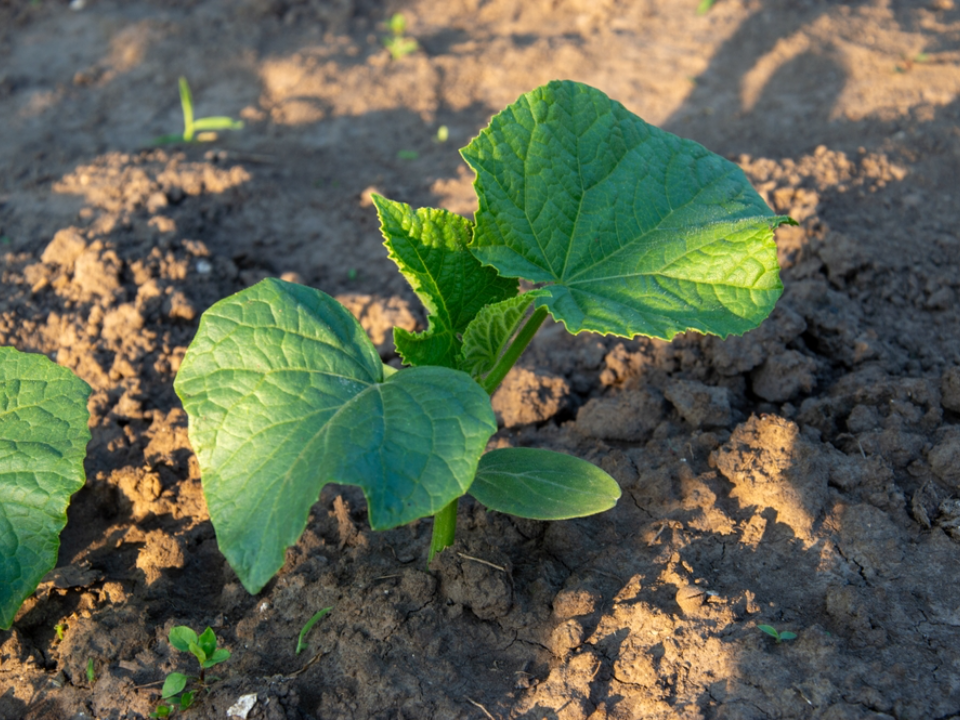
Healthy cucumbers begin with healthy soil. Make sure the soil is loose, well-draining, and full of organic matter. You can mix in compost or aged manure before planting to provide nutrients. It helps if the soil has a slightly acidic to neutral pH.
You can use a simple home soil test kit to check the levels. Good soil preparation helps the roots take hold and supports strong vines. If your soil is too heavy with clay, try mixing in sand or compost to loosen it up. Healthy roots lead to steady and productive growth.
Space Plants Properly
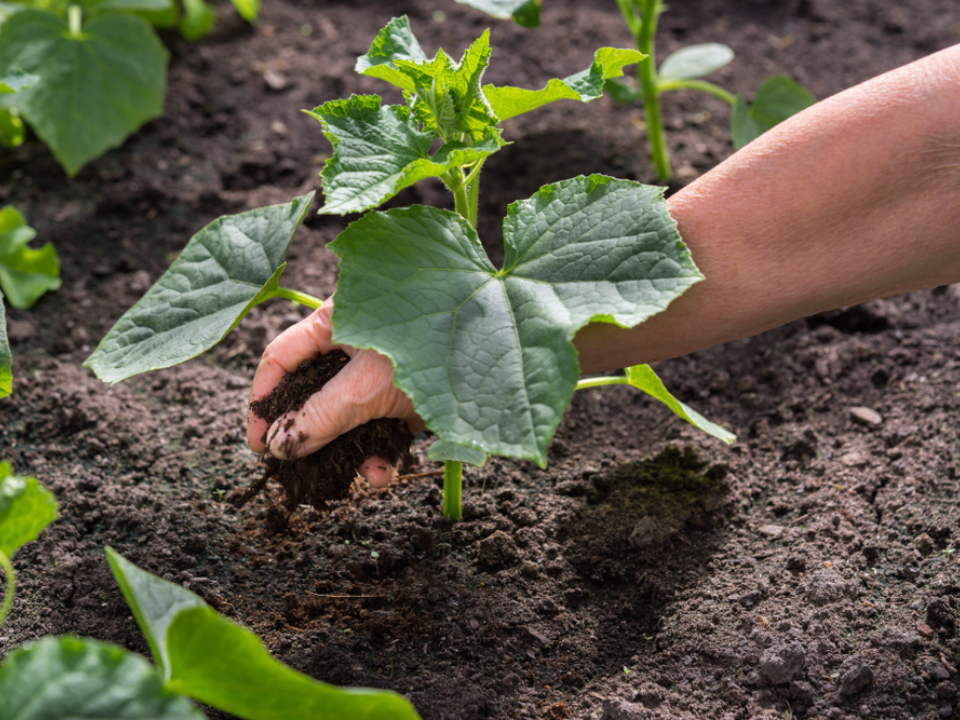
Cucumber plants need room to breathe and spread out. Crowding them can block airflow and lead to fungus or mildew problems. For bush types, space them about two feet apart. For vining types, leave three to four feet between each plant.
Good spacing makes it easier to care for your plants and spot problems early. When vines have room, they grow faster and have more space for fruit to form. Crowded plants also fight for water and nutrients, which weakens them. A little planning goes a long way here.
Pick the Right Variety
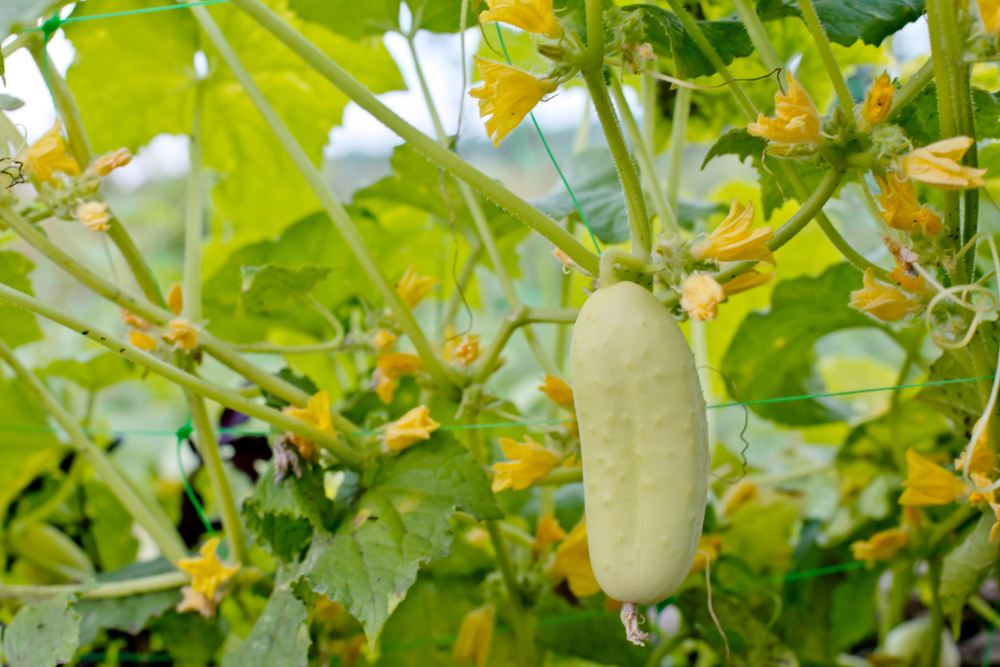
There are two main types of cucumbers. Bush types stay compact and are good for containers or small spaces. Vining types spread out and do better with trellises or garden beds. There are also varieties that grow best for slicing or pickling.
Think about how much space you have and what you plan to use the cucumbers for. Picking the right type helps avoid disappointment later. If you have limited space, a bush variety can be the better choice. For bigger yields, vining types are often more productive.
Water Deeply and Often
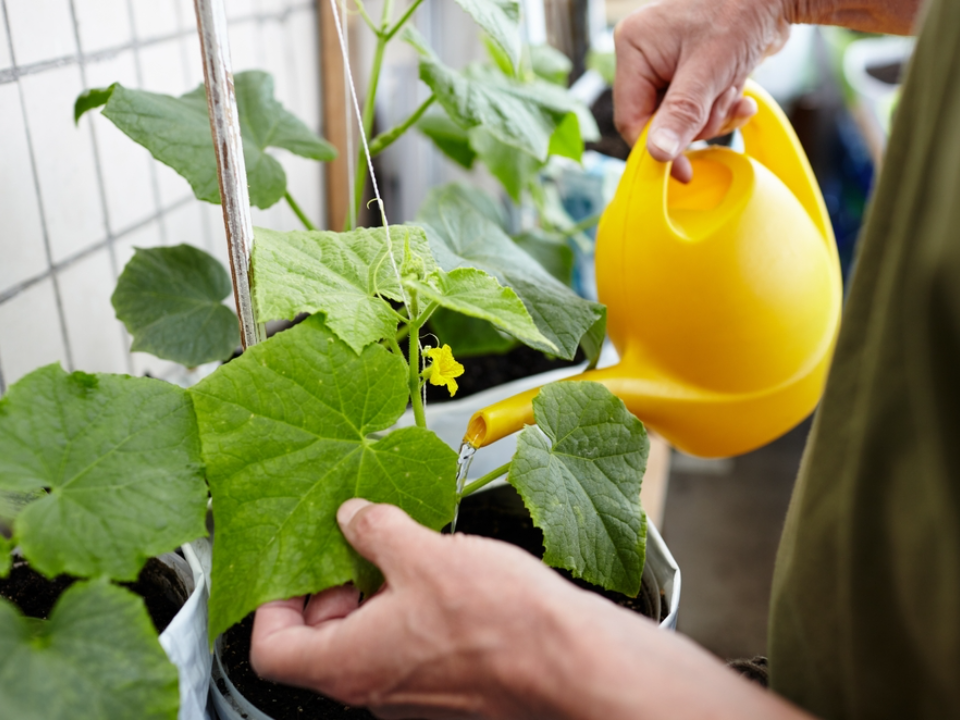
Cucumbers need a steady supply of water. Shallow watering can leave the roots dry and the plant stressed. Try to water deeply a few times each week rather than giving a little each day. Aim to keep the soil moist but not soggy.
Dry spells can cause bitter or misshapen fruit. On the other hand, too much water can cause rot. Using mulch can help retain moisture between watering sessions. The goal is steady hydration without drowning the roots.
Use Mulch to Keep Moisture In
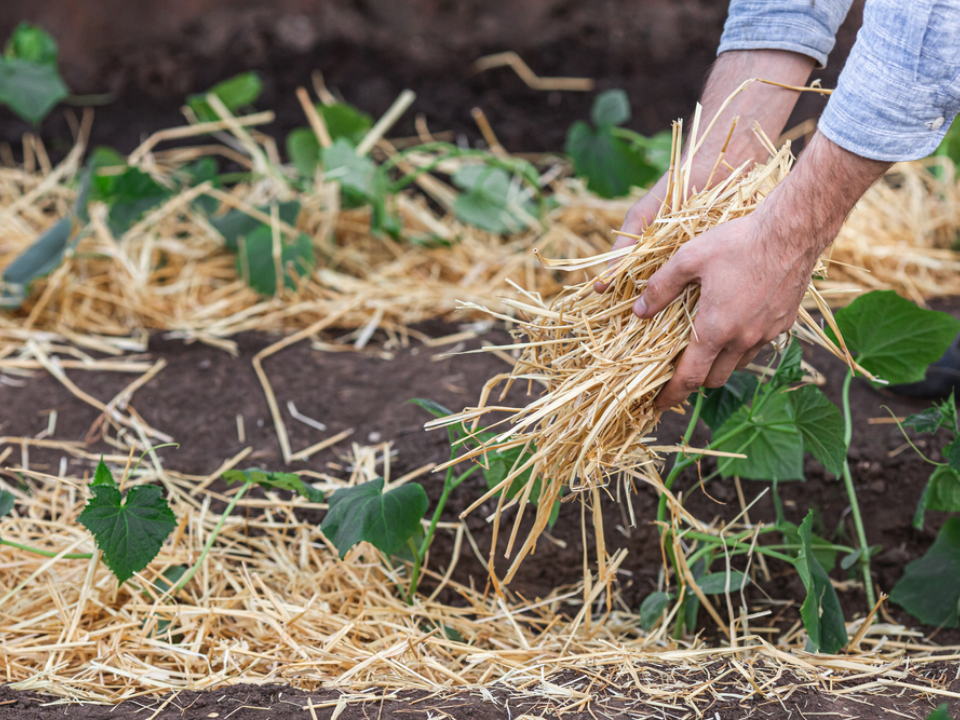
A layer of mulch around cucumber plants helps keep the soil cool and moist. It also prevents weeds from growing and protects the roots from temperature swings. Organic mulch such as straw or shredded leaves works well.
Mulch also helps protect against diseases that can splash up from the soil when it rains. Spread a two-inch layer around each plant, but keep it away from the stems. This small step can keep moisture levels steady and cut down on garden chores.
Use a Trellis for Vining Types
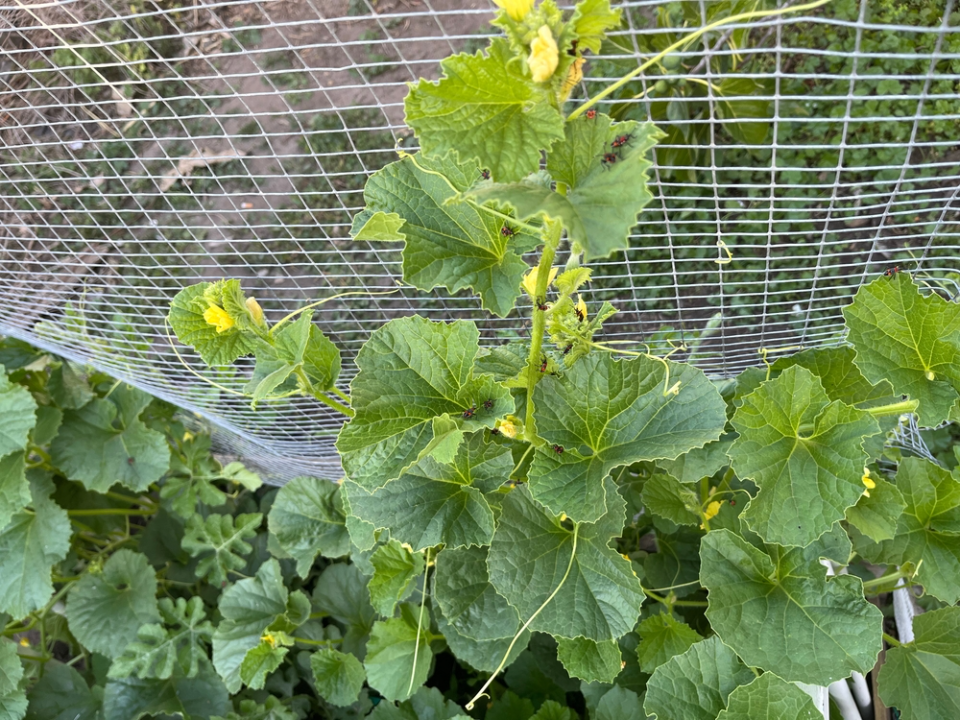
Vining cucumber varieties grow better when given something to climb. A trellis lifts the plants off the ground and keeps the fruit clean. It also saves space in the garden and improves airflow around the plant.
Trellising can prevent rot and make harvesting easier. You can use a simple fence or garden stake system. Make sure it is strong enough to hold the weight of the plant as it grows. This method keeps the vines healthy and organized.
Harvest Often for Better Yields
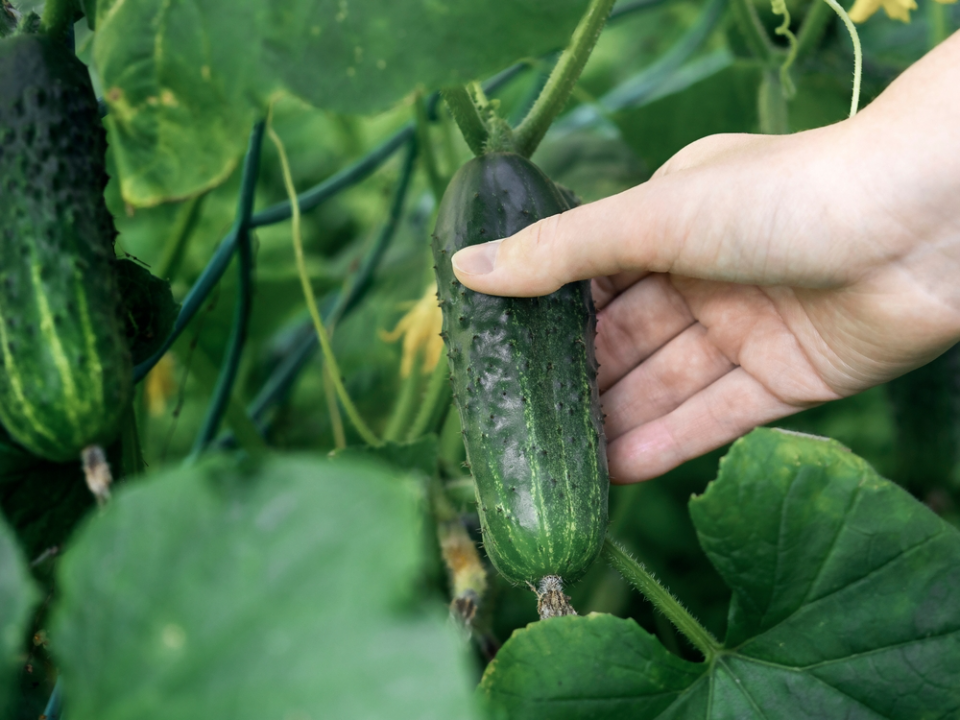
Picking cucumbers regularly encourages the plant to keep producing. If you let the fruit grow too large or overripe, the plant slows down. Harvest when the cucumbers are firm, smooth, and the right size for the variety.
Check your plants every few days during peak season. Use scissors or a knife to cut them off cleanly rather than pulling. Leaving old fruit on the vine can cause stress and slow production. Regular picking helps the plant stay focused on growing.
Watch for Pests Early
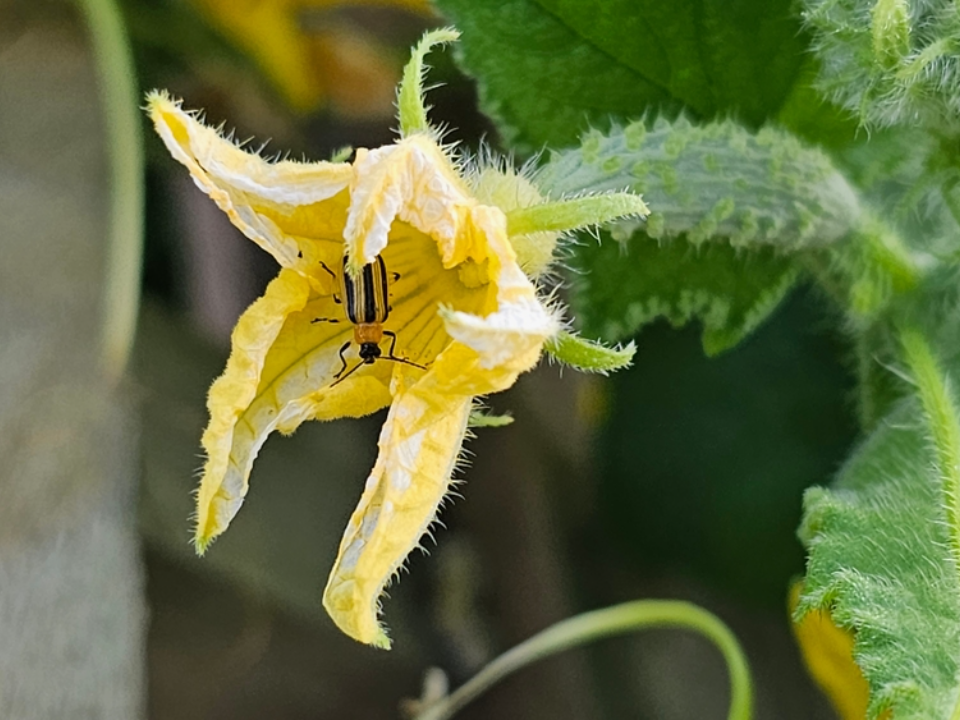
Common pests like cucumber beetles and aphids can do damage quickly. Keep an eye on the undersides of leaves and new growth for signs of trouble. A light spray of soapy water can help with small infestations.
You can also use row covers early in the season to block pests from laying eggs. Removing weeds and debris around the plants makes it harder for bugs to hide. Early action gives your cucumbers a better chance at staying healthy.
Avoid Overcrowding Other Plants
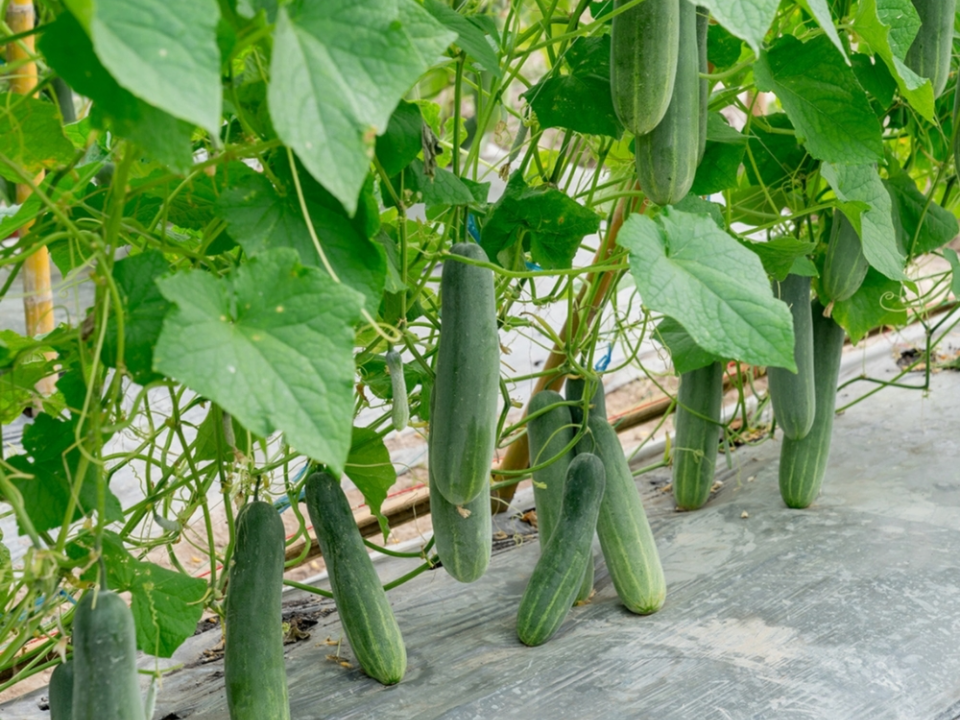
Cucumbers do best when they are not fighting nearby plants for light or space. Avoid planting them too close to crops like potatoes or aromatic herbs that can stunt their growth. Give them plenty of room and their own area if possible.
If you want to mix plants together, choose ones like beans, peas, or lettuce. These are more likely to get along well with cucumbers. A little space goes a long way when trying to grow healthy vines and full-size fruit.
Feed with the Right Fertilizer
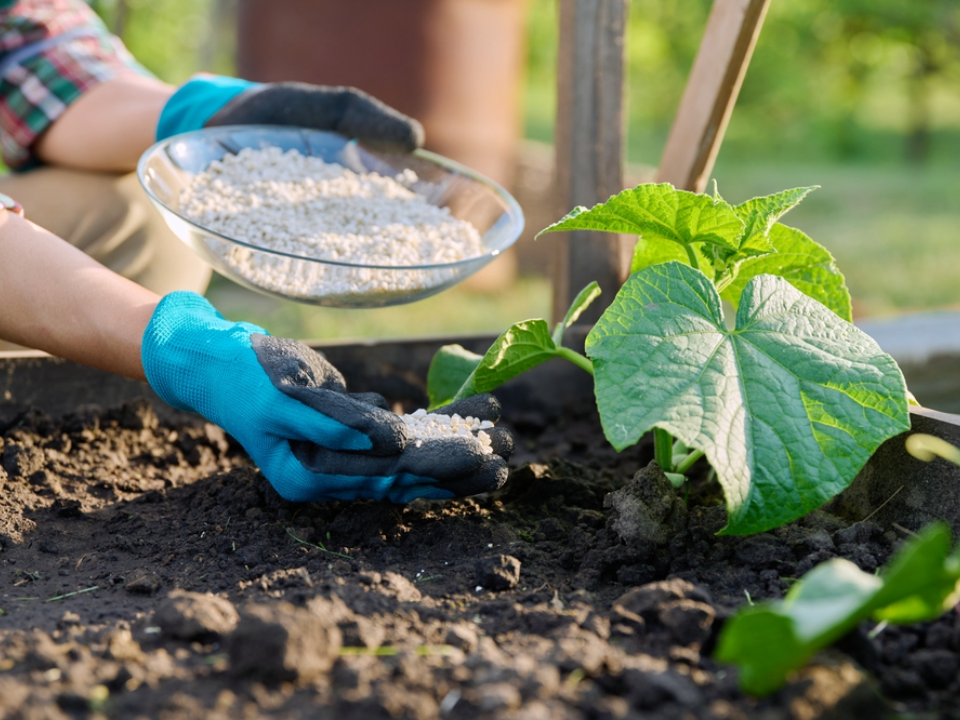
Cucumbers grow fast and need regular feeding. A balanced fertilizer or compost tea can help keep them strong. Apply a light dose when the plants begin to flower and again during fruiting. Be careful not to overdo it, since too much nitrogen can cause leafy growth with fewer cucumbers.
Using natural options like compost or fish emulsion can provide steady nutrients without harsh effects. Spread it evenly around the plant and water it in well. The added nutrition supports fruit development and overall plant health. Healthy plants give better harvests throughout the season.
Rotate Crops Each Year
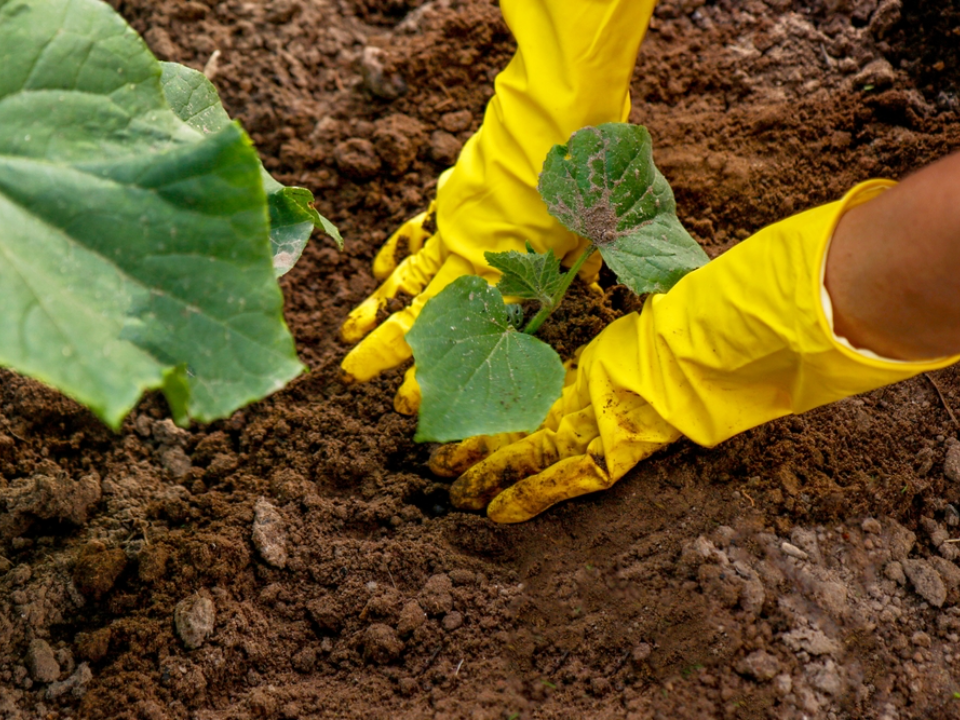
Planting cucumbers in the same spot every year can lead to soil problems and more disease. Rotating your crops helps break the cycle. Try to wait at least two to three years before planting cucumbers in the same area again.
Use a simple garden plan to track where each crop goes. Rotate with non-related vegetables like beans or lettuce. This practice gives the soil time to refresh and reduces the risk of fungal issues. It also keeps pests from building up in the same space.
Keep Leaves Dry When Watering
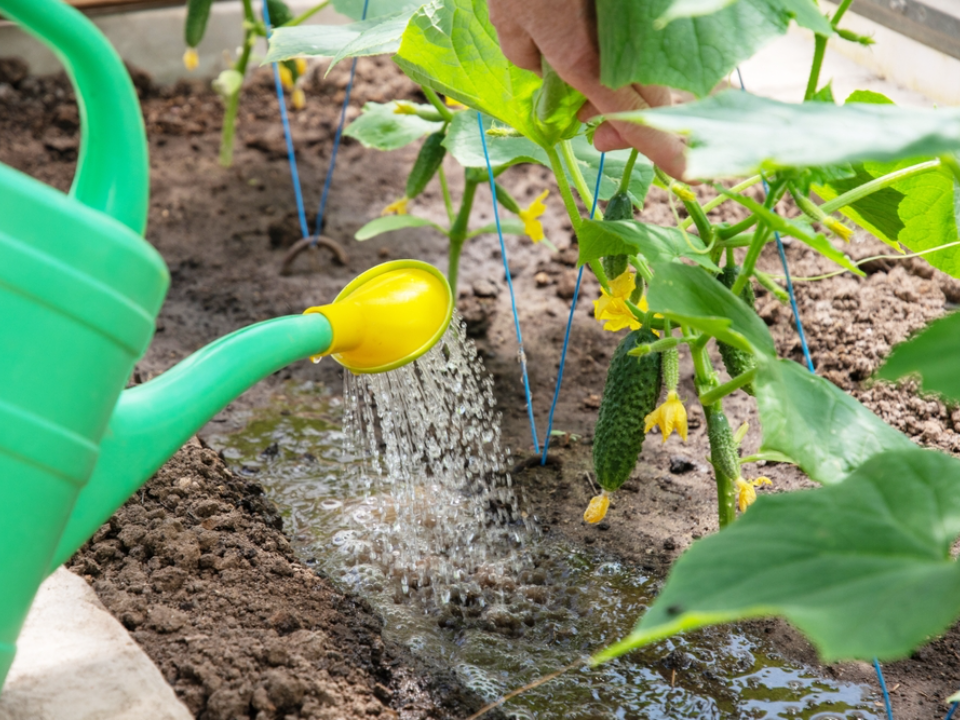
Wet leaves can lead to mildew and other fungal problems. Try to water at the base of the plant instead of over the top. Early morning is the best time to water, as it gives the leaves time to dry during the day.
Using drip irrigation or a watering wand helps deliver water straight to the roots. If you must use a sprinkler, do so early and not late in the day. Dry leaves make it harder for disease to take hold and spread. A little care in watering makes a big difference.
Prune the Vines Sparingly
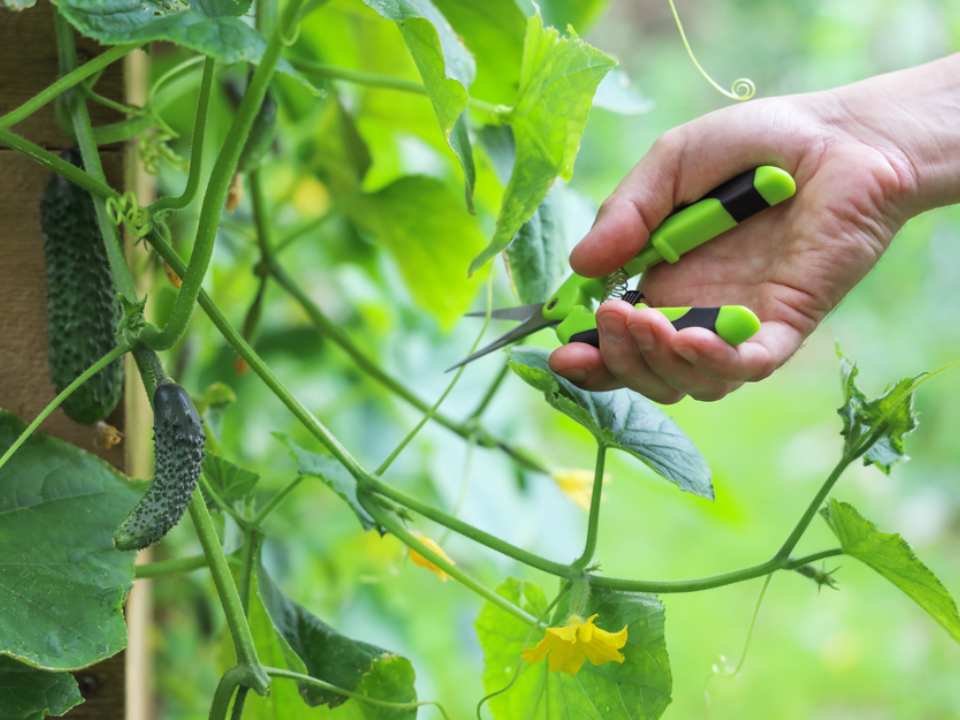
Cucumbers can get out of control fast, especially vining types. Light pruning helps direct the plant’s energy to fruit production. Trim damaged or yellowing leaves first and remove any side shoots that are taking over the space.
Avoid cutting too much, as cucumbers rely on their leaves to gather sunlight. A few snips here and there are usually enough. Pruning also helps improve airflow around the plant. This reduces the chance of mildew or other diseases forming.
Support Pollinators

Cucumbers need bees and other pollinators to set fruit. Without them, flowers can drop off without producing anything. Plant flowers nearby or leave some wild plants to attract helpful insects. Morning is usually when flowers open, so pollinators are most active then.
If you notice poor fruit development, try hand-pollinating using a small brush or cotton swab. Gently move pollen from male flowers to female ones. A few minutes of effort can lead to better results. Supporting pollinators creates a more balanced garden.
This article originally appeared on Avocadu.
